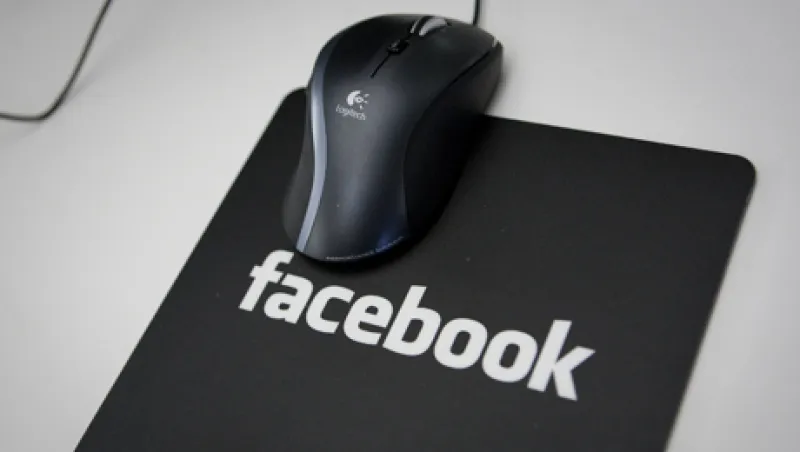How can benefits managers motivate employees and channel the rising tide of investment detail for these dot-com-distracted and information-overloaded workers? By harnessing the same media that plan participants choose for themselves: Facebook and other social networks, smartphones, videos, quizzes and games. But before reaching out, sponsors need to break their audience down by attitude toward retirement planning. Although they’re gaining traction, such techniques will face a big test later this year when sponsors must act on Department of Labor guidelines by relaying newly disclosed fund fees and other details to the 65 million Americans with access to defined contribution plans.
When it comes to connecting with employees, 16-page pamphlets don’t cut it anymore. “If you’re not willing to go to social media to engage with Gen X and Gen Y, you’re not going to reach them,” says Kris Gates, head of participant education for Massachusetts Mutual Life Insurance Co., a Springfield, Massachusetts–based provider of insurance, annuities and retirement plans. “That’s how they want to interact with you.”
But first, it’s important to tailor the content of any message to the various demographic and psychographic tribes that inhabit the workplace. “Segmenting can help clients decipher what kind of tone or message will be more appealing to a proportion of their audience and tell them if they are planners and savers versus spenders,” says Colleen Sharp, head of insights integration at Chapel Hill, North Carolina–based research and consulting firm Futures Co.
Founded by Daniel Yankelovich, who began collecting consumer data back in the 1950s, Futures Co. uses its MindBase software to divide the U.S. population into eight groups whose relationships with money range from conservative to carefree. It works directly with defined contribution clients or through intermediaries like human resources consulting firm Aon Hewitt, which offers MindBase data to sponsors seeking to identify and motivate employees with little interest in saving for retirement.
Aon Hewitt designs its own web-based quizzes to get a read on plan participants’ different investment styles. “The more information you throw at your audience, the less likely they are to spend time reading it,” says Barbara Hogg, retirement communication leader of the firm’s Chicago-based benefits outsourcing group. Hogg suggests using cartoons: “If you put information in a bubble over someone’s head, then you are more assured [participants] are going to read it.”
TIAA-CREF, which manages $440 billion in assets, first embraced social media in 2008 to communicate with plan participants through a private online community. Myretirement.org now has 30,000 members who can read about retirement planning and other topics, join online forums and vote in quick polls. Introduced in 2009, TIAA-CREF’s Savings Simplifier application for the iPhone offers a range of features that include investment tracking and retirement projections.
Tomorrow’s retirees are also playing educational games on their smartphones. Through a mobile app available on plan provider ING North America Insurance Corp.’s Structgame.com website, visitors choose an animated character who matches their investment risk tolerance and build a house with materials that represent equities, bonds and cash.
Having isolated a target group — for example, those who want to save more, but lack motivation — sponsors can craft a message with the right tone and send it through the employees’ chosen medium. “One large organization targeted a message focused on the employer’s matching contribution,” says Lisa Margeson, Boston-based head of marketing and participant communications for ING’s U.S. retirement corporate markets division. “Of those participating in the plan who were below the match rate, 23 percent — one in four — responded by increasing their contribution rate.”
Companies are increasingly using Facebook and Twitter to share news, a practice that helps them build their online presence even if they’re not ready to deal with questions or complaints about their retirement plan on the web. “We aren’t seeing a ton of social media use yet, but we’re on the brink of seeing how it could play out,” Aon Hewitt’s Hogg says.
Plan sponsors may hesitate because there’s no easy way to tie the benefits of social media communication to return on investment, notes MassMutual’s Gates. “But we are seeing increased levels of inquiries around social media capabilities as a communication vehicle,” he says.
Benefits managers know that this presents an opportunity to stretch a dollar. “They’re asking, ‘How can we leverage the money spent on communications so that it’s more effective?’ ” Hogg says. By using social media to convey the DoL-mandated fund information to plan participants this summer — say, through online quizzes — sponsors may well prove its worth. • •





